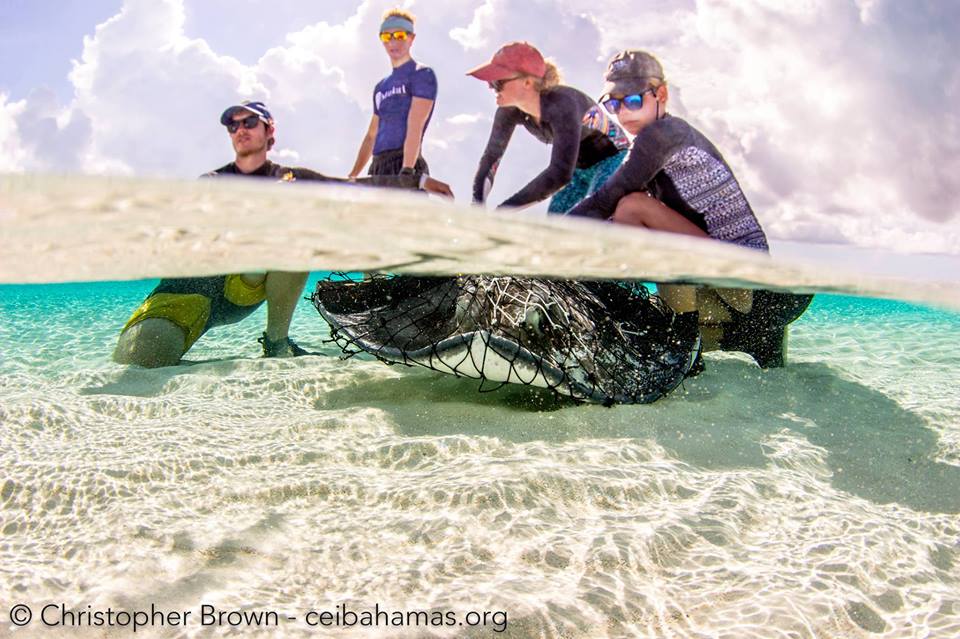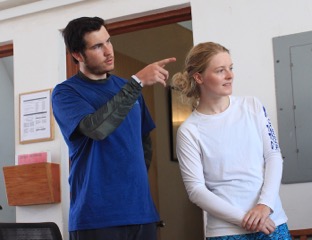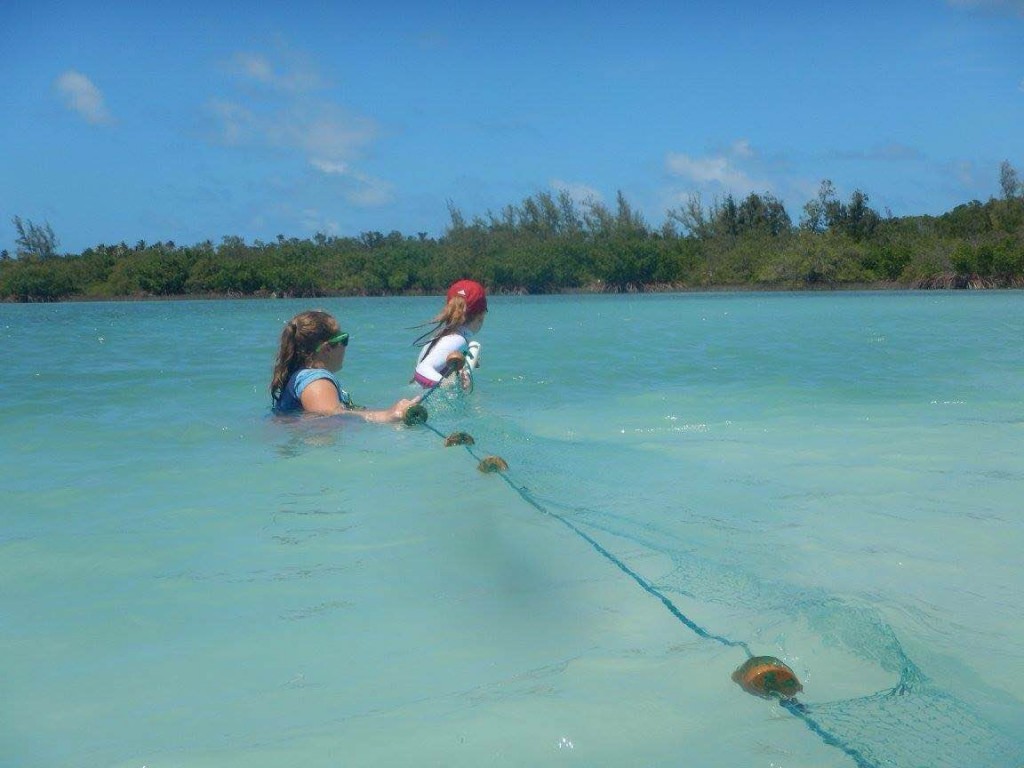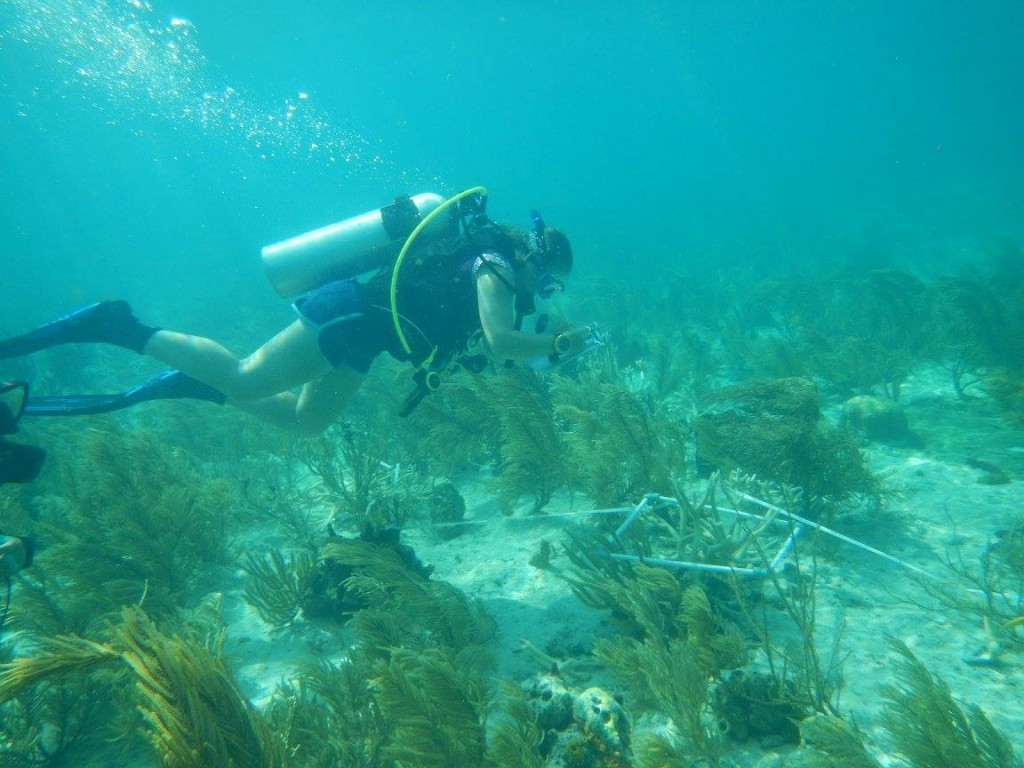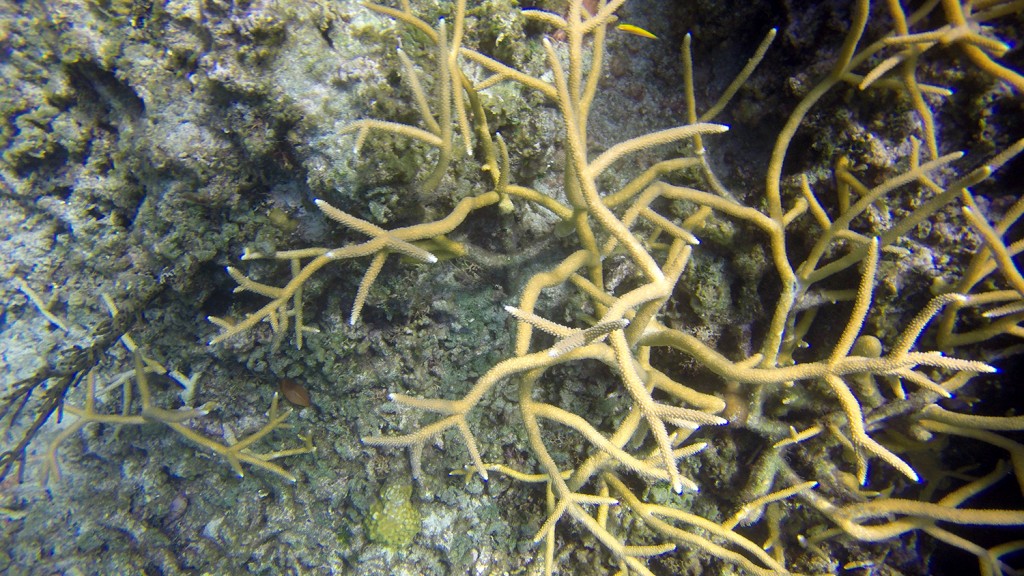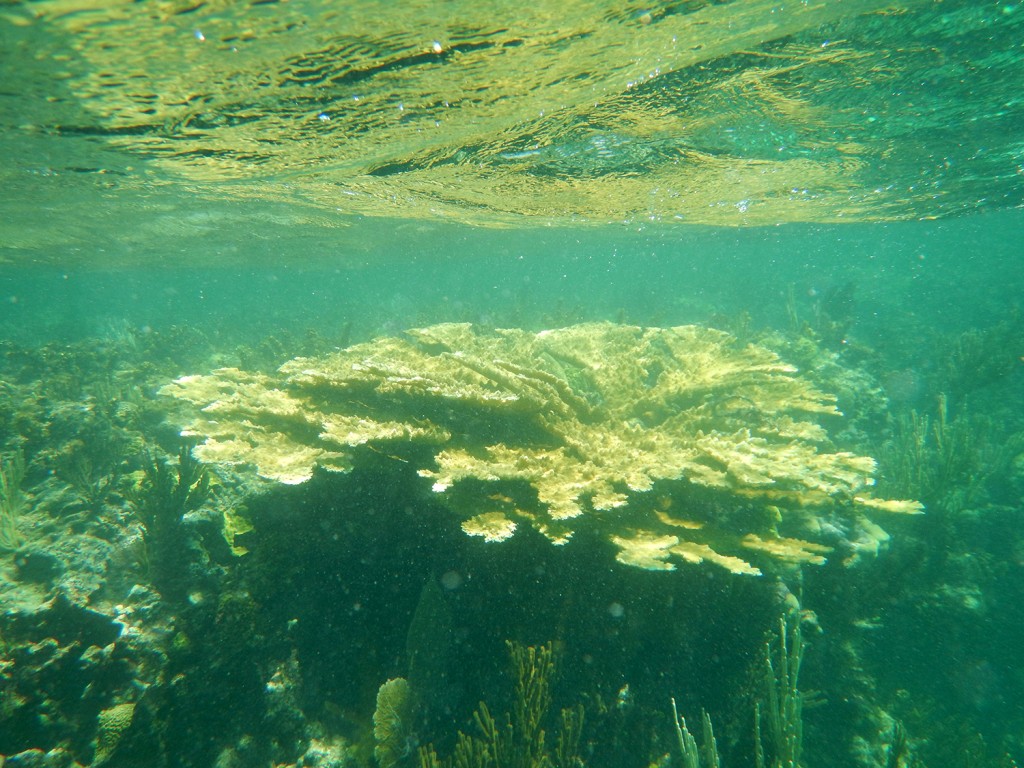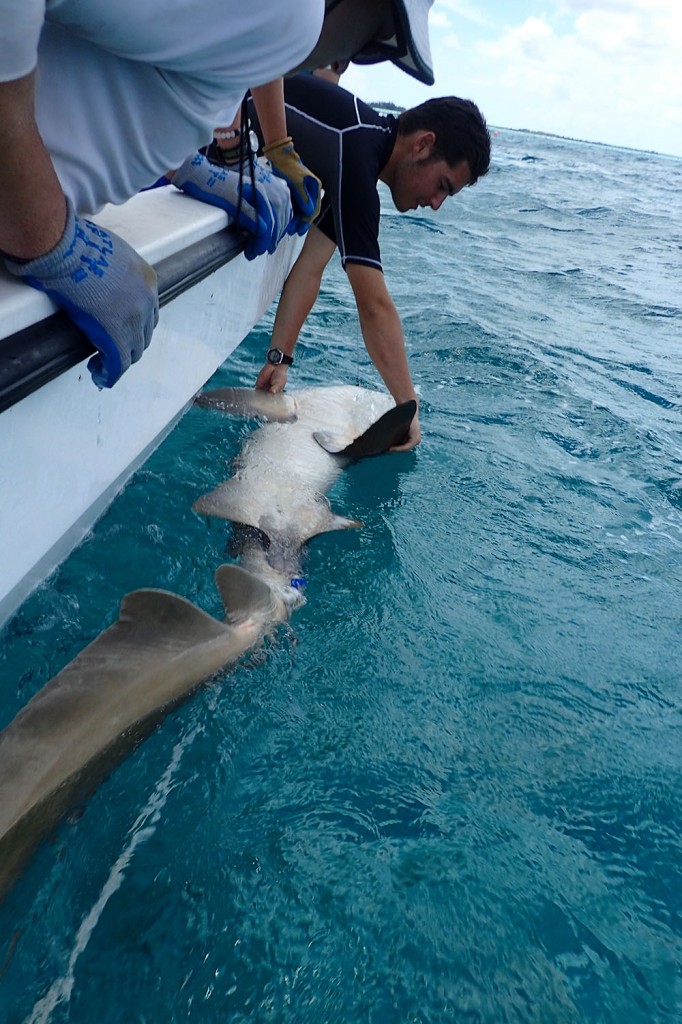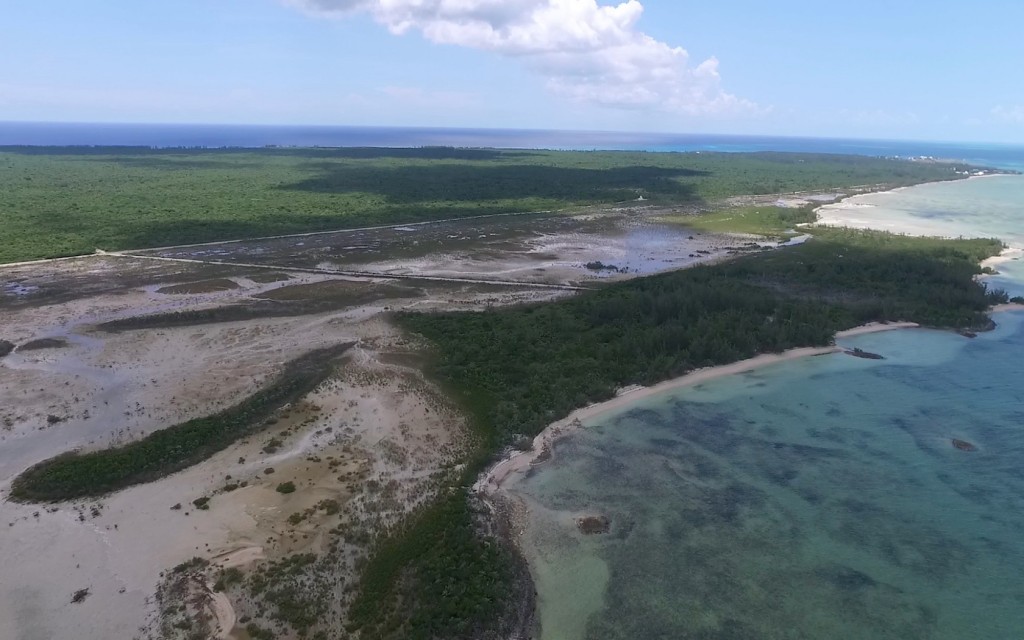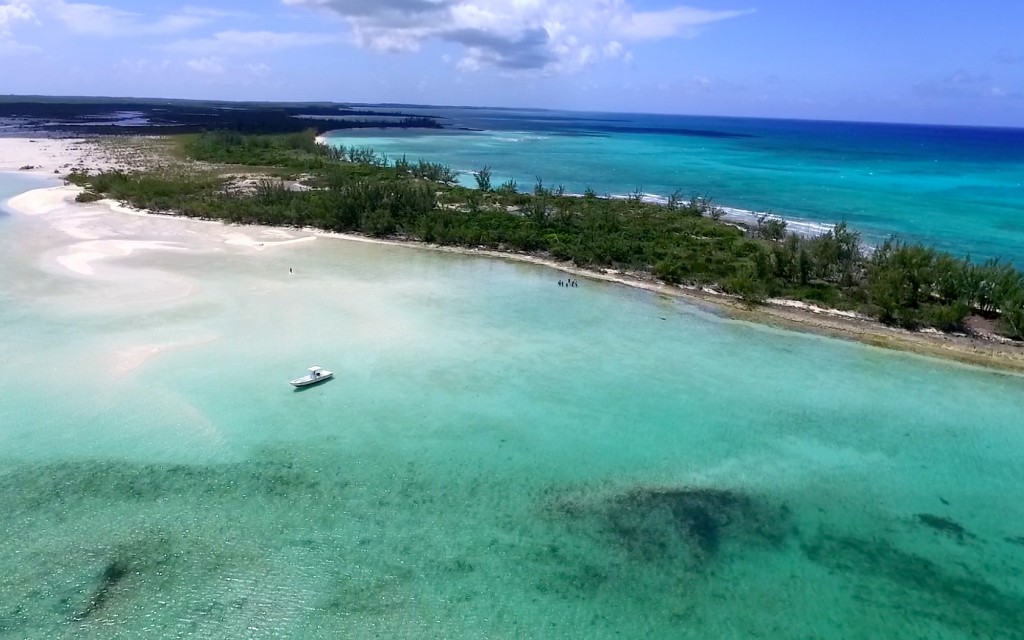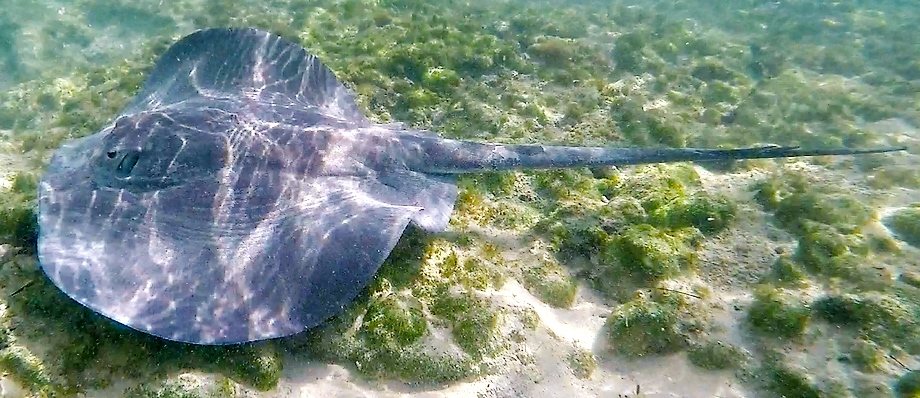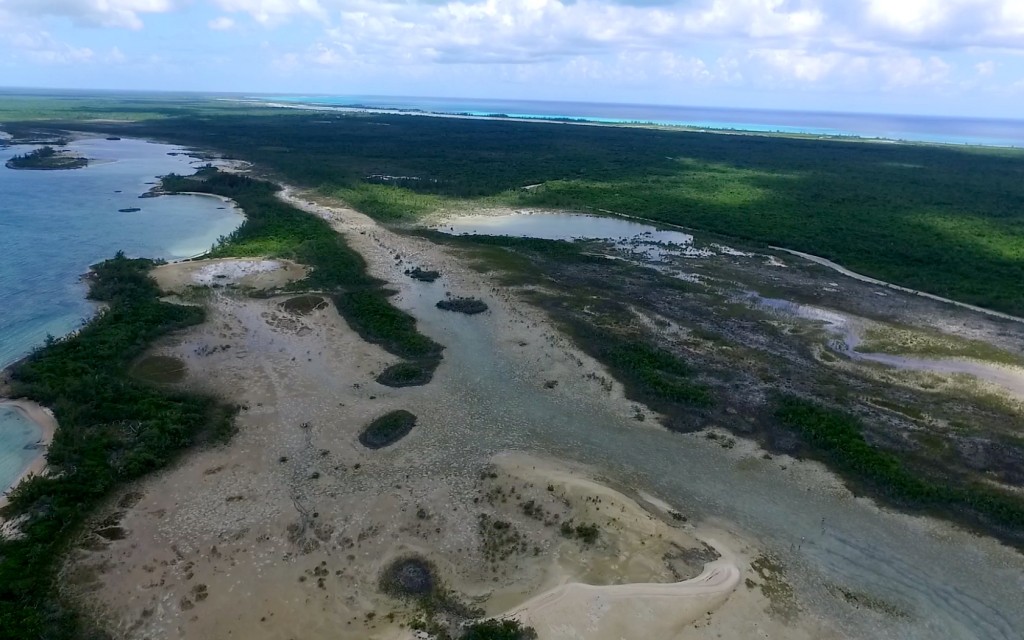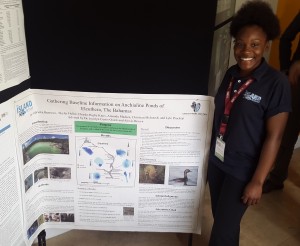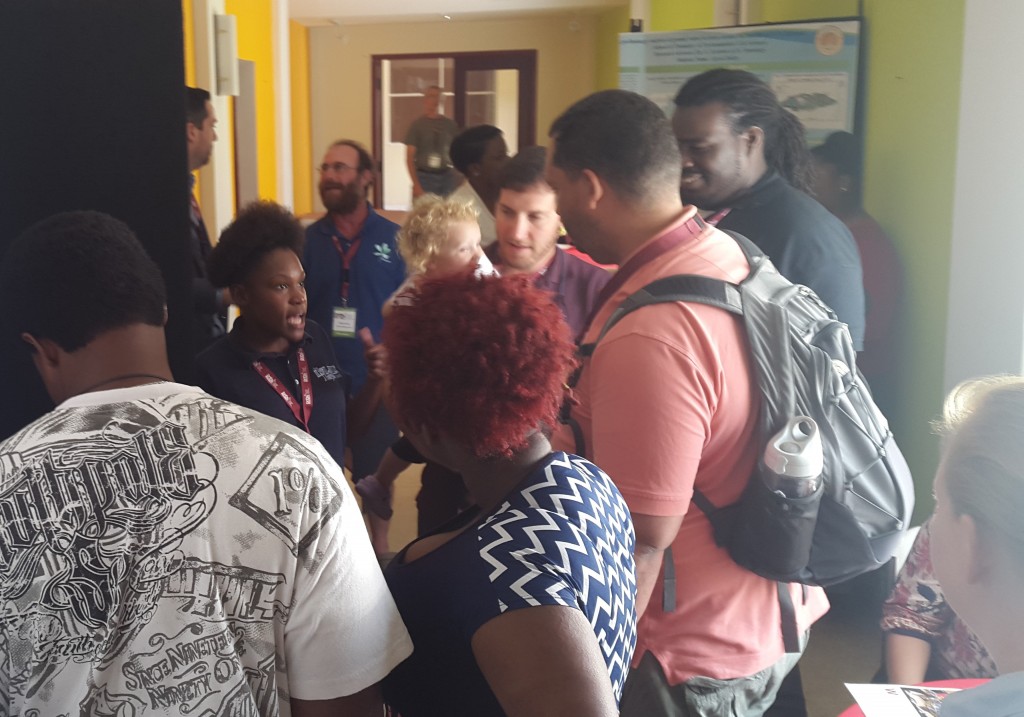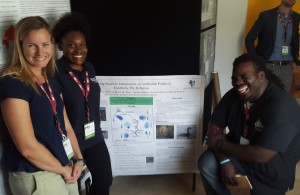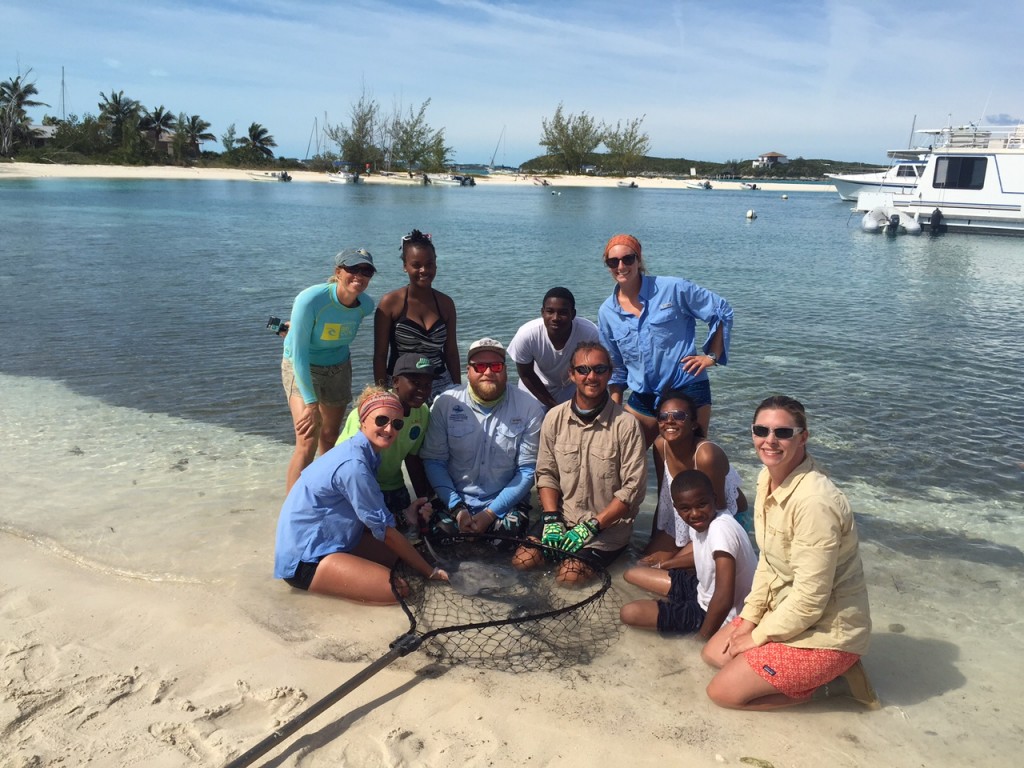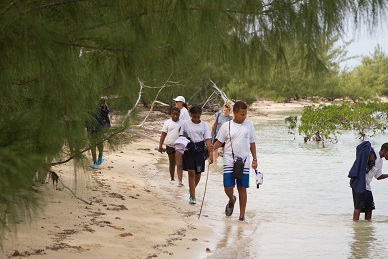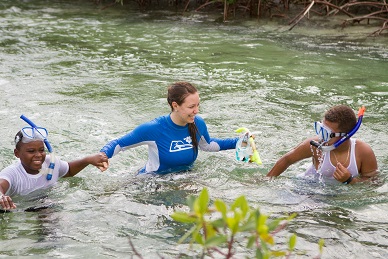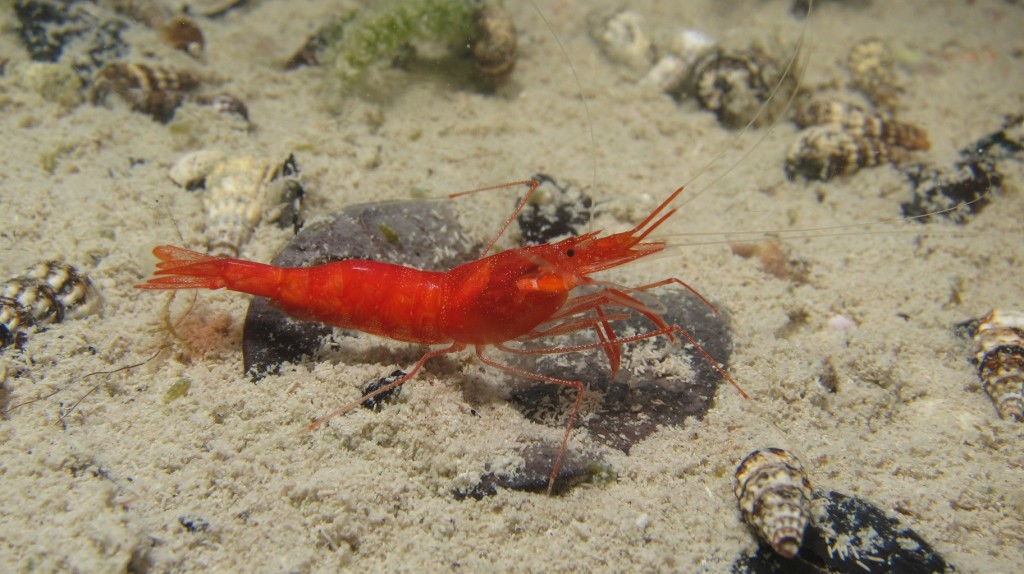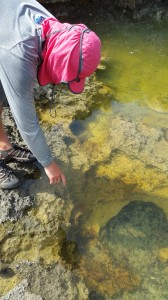As Hurricane Matthew made contact with the Bahamas in early October, it brought with it many threats of damage and devastation. The Cape Eleuthera Institute (CEI) was extremely fortunate in the sense that Matthew did not hit as hard as expected, but still the storm left its fair share of destruction. Coral reefs offer numerous benefits to ecosystems; one of these being that they can dissipate the power of storm waves generated by hurricanes and therefore lessen the blow of terrestrial damage. However, this absorption of wave energy does not leave the reefs unimpaired.
During large storm systems such as hurricanes, corals are susceptible to fragmentation. Fragmentation is a negative effect in the sense that it can cause some stress to the coral, but on the other hand it can be a positive event because some coral species, such as Elkhorn coral (Acropora palmata) and Staghorn coral (Acropora cervicornis) use fragmentation as a form of asexual reproduction. That is, a new colony can grow from a fragment of the parent colony. Scientists across the Caribbean, including here at CEI, are using this method of growth to create coral nurseries which grow fragments to be outplanted onto damaged reefs.
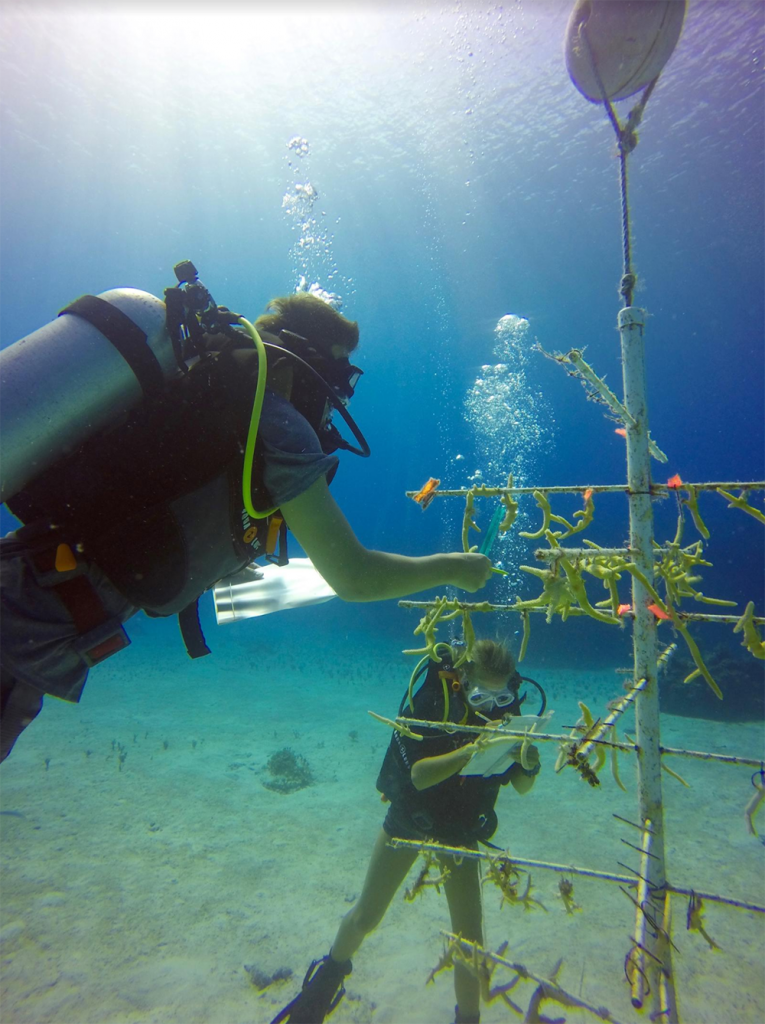
As CEI continues to focus its research on the endangered Elkhorn coral (Acropora palmata) in the wild, the Coral Team went out to assess the toll Hurricane Matthew had on our local reefs. As expected, there was a decent amount of fragmentation found at Bamboo Point, where there was a large colony of Elkhorn coral with evidence of recent storm damage. Some fragments seen nearby were due to Hurricane Matthew whereas others were older and likely produced by past events. It is CEI’s hope that the newly-formed fragments will proliferate to form new colonies.

In addition to fragmentation, hurricanes have been shown to relieve thermal stress. By mixing the water column and bringing water temperatures down, storms can once again restore favorable thermal conditions and allow coral the chance to recover from bleaching events. As climate change continues and sea surface temperatures rise, coral bleaching events have become more prevalent as the coral’s symbiotic zooxanthellae are expelled. Due to a number of stressors including climate change, overfishing and pollution, coral are increasingly vulnerable. Major storm events are beneficial only once in a while, but if there are too many large storms too often it not only makes the environment uninhabitable for corals, but also can permanently damage reefs that are already existing at the upper limits of their stress tolerance.
As the 2016 hurricane season comes to an end, CEI will continue its monitoring and restoration efforts of Eleuthera’s reefs in the hopes that we can continue to enjoy the many benefits they provide!
